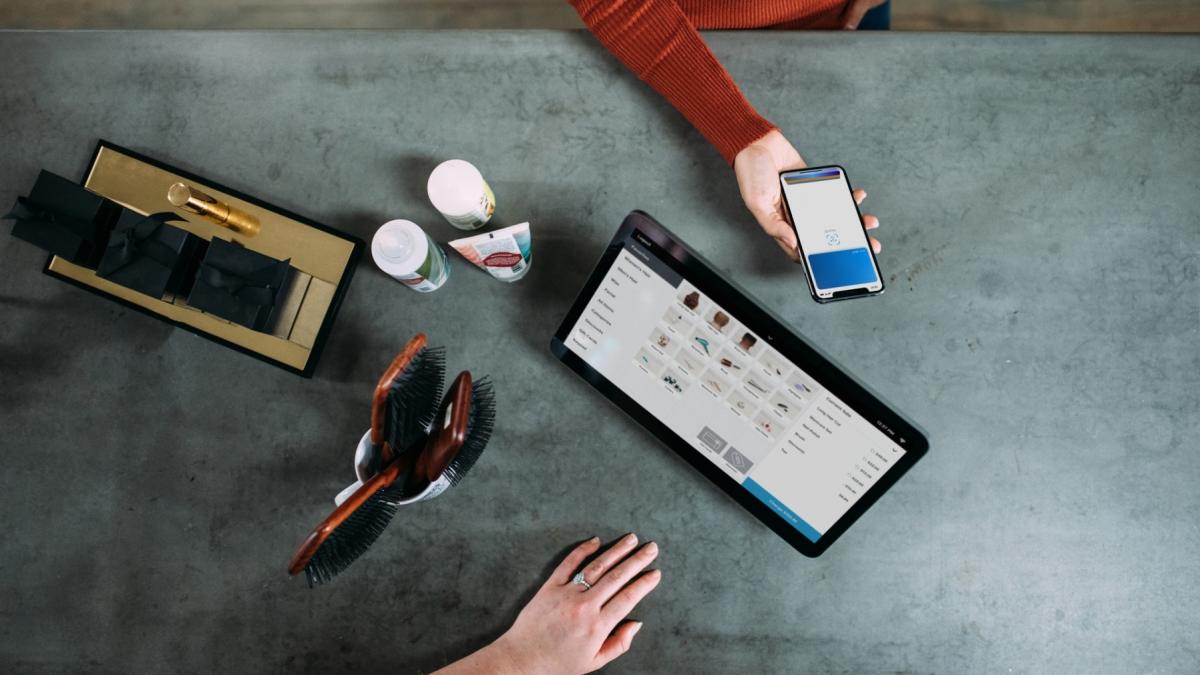
'Buy now, pay later' speaks to convenience as more Filipinos remain unbanked
Bypassing credit cards, the payment instalment options prove to be attractive.
With consumer spending in the Philippines expected to bounce back in 2021 after being negatively impacted by the pandemic, buy now pay later (BNPL) firms look set to take advantage of Filipinos’ eagerness to open their wallets again.
The rise of BNPL in the country, not only speaks to its convenience, but also to the population’s willingness to manage their budgets more optimally, according to Robocash Group chief executive officer Sergey Sedov.
“[A] split payment option allows an average Filipino to reduce credit burden. At the same time, sticking to a regular monthly repayments schedule can enhance one’s management of personal finance,” Sedov told Asian Banking & Finance in an exclusive correspondence.
The country’s BNPL segment is projected to grow to $244m in 2021 and $844m by 2025, Sedov said, with the average absolute growth mounting up to $140m per year. The growing e-commerce scene would surely fuel the fire even further: citing a DataReportal report, Sedov noted that almost nine in 10 (86%) of Filipinos aged 16 to 64 use shopping apps, and 80.2% of adult Filipinos bought something online in May 2021.
“All of this signifies a strong possibility for the powerful growth of the industry—up to $12b by 2025,” Sedov added, based on a Statista report on the Philippine e-commerce market.
On the other hand, a large proportion of the Philippine population remains unbanked, with Sedov highlighting the remoteness of physical bank branches and the stringent requirements of traditional lenders as key reasons. “The BNPL services bypass the necessity for borrowers to have a credit card, making the option of payments via instalments available to the underbanked.”
In terms of demographics, millennial and generation Z Filipinos are more likely to choose a BNPL model than their older peers, Sedov stated, as they are more tech-savvy and more likely to seek out flexible transactions. In addition, they are the most likely to be underbanked, making them the perfect customers for BNPL “as they only require borrowers to have a bank account and feature more lenient scoring policies.”
“Young adults are more conscious of personal finance; therefore, are more likely to find ways to minimise monthly expenses, including with the use of BNPL services,” he said.
Rapid expansion
Owing to Filipinos’ lack of access to formal banking segments, BNPL service providers in the Philippines have extended to offering loans with varying interest rates. For example, TendoPay offers loans from $103 (PHP5,000) to $2,053 (PHP100,000) with rates ranging from 0.5% to 5% per month and loan terms from 15 days to two years.
According to Sedov, BNPL providers like UnaPay, BillEase, and Cashalo which focus on financing online purchases may very well concentrate on this segment in the future due to the industry’s potential for growth.
“Namely, with UnaPay, we can expect the gradual expansion of our customer base, as well as the number of stores we partner with,” he said. Robocash launched UnaPay in the Philippines, which grants loans from as low as $41 (PHP2,000) to $1,030 (PHP50,000) with interest rates ranging from 3% to 10% per month depending on the client’s credit score.
Nevertheless, rapid business expansions may lead both groups of companies to consider other activities, with likely segments for further expansion including physical retail, medical services, and investments.
Balancing risks and benefits
So far, Sedov believes that BNPL poses no serious risks to the Philippine micro, small, and medium enterprise (MSME) segment, as micro and small businesses’ purchase of goods and services using credit facilities can have positive consequences on the development of the segment, and in turn the country’s gross domestic product. In addition, BNPL can also have a good impact on the business to business (B2B) scene, in time with the rise of specialised B2B marketplaces.
Whilst there are risks that apply to the general credit market, such as overestimating real financial capabilities and the possibility of defaults, he thinks that BNPL borrowing is still safer for MSMEs than traditional loans due to greater transparency and lower credit burden.
“In regards to the potential default and fraud risks, the efforts of BNPL players to improve their own services may prove more effective than any government regulation. Adequate scoring systems and anti-fraud algorithms are essential for success in the still-emerging competitive environment.
"Therefore, for the time being, we believe the majority of associated risks will be naturally levelled out as the BNPL players improve their business practices, without the involvement of supervisory and regulatory bodies," he said.
Photo courtesy of Blake Wisz (Unsplash)























 Advertise
Advertise












